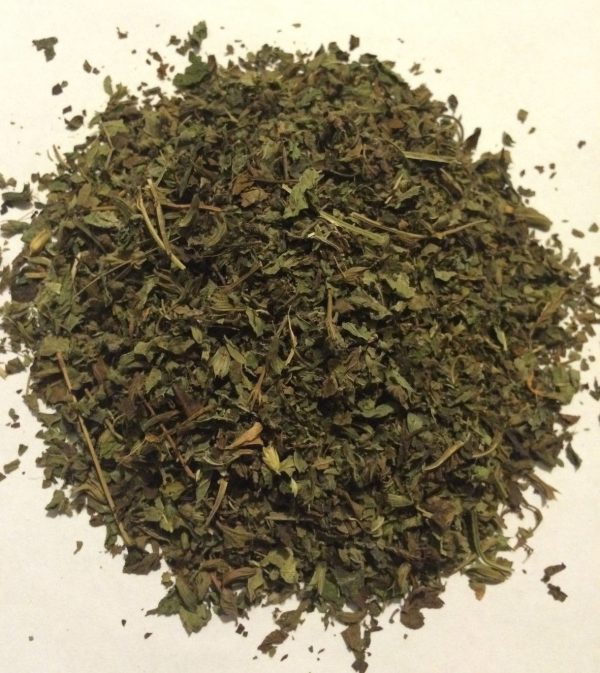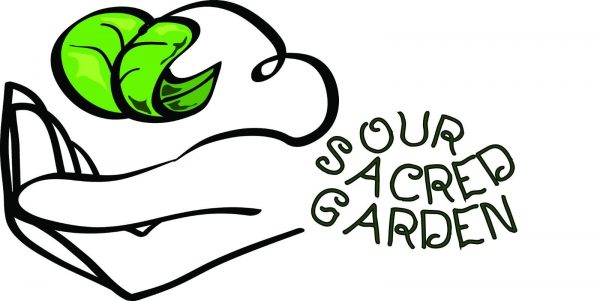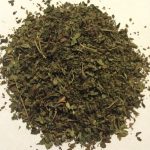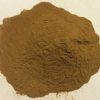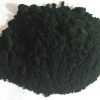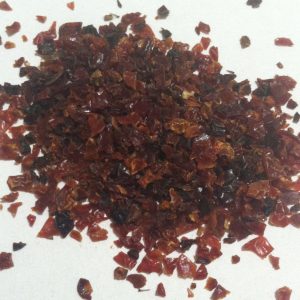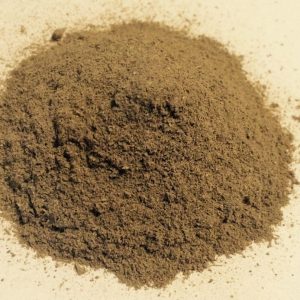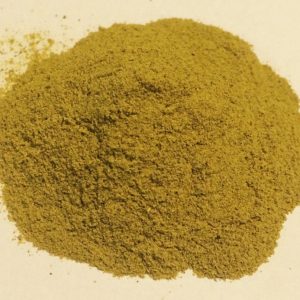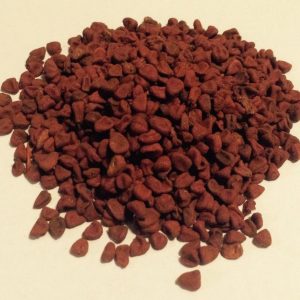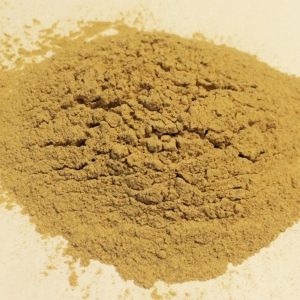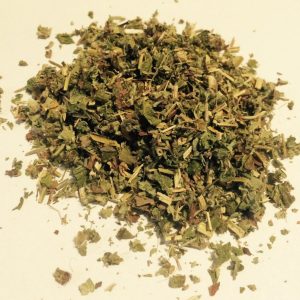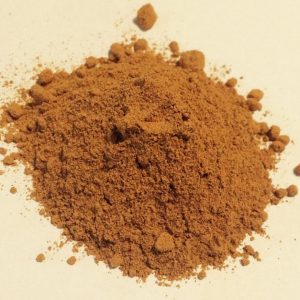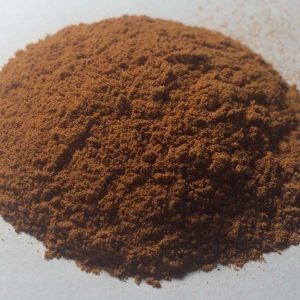Description
Common Name Standardized: lemon balm
Other: balm, bee balm, melissa, melissa balm Botanical Name Melissa officinalis L.
Plant Family: Lamiaceae Overview Used since ancient times to calm the heart and the body, lemon balm with its delicate lemony flavor uplifts the spirit and any culinary dish it is added to. It has been used to sweeten jam, jellies, as an addition to salad, and as a flavoring for various fish and poultry dishes and liqueurs. Further, lemon balm is used for making perfumes, in cosmetics, and in furniture polish manufacturing. It is often found as a tea in combination with other sedative herbs such as valerian, as an essential oil, and also in ointments for topical applications. Botany Native to the Mediterranean and various regions in N. Africa, Asia, and Europe,1 lemon balm is a lemon-scented, aromatic, perennial with serrated heart-shaped leaves and whorls of small blue, yellow, or white flowers typical of many members of the Lamiaceae family.6 It is widely cultivated and naturalized throughout the world in temperate areas.1 There are 5 species of Melissa such as M. parviflora (synonym M. axillaris) used in Ayurveda (the traditional system of Indian healing), and also including M. yunnanensis, M. flava and M. romana, although various sources suggest that the latter may be a synonym for M. officinalis as well.3,9 Some of the species have similar properties, but not all of them. Further, some other mint family genera such as Cedronella Mexicana (synonym Agastache mexicana)10 or Nepeta cataria ’Citriodora’ 11 are used interchangeably in folk medicine. However, most of the traditional and modern use has been with M. officinalis. Cultivation And Harvesting Lemon balm is an easy to grow perennial thriving in USDA zones 4-8 that prefers moist and fertile soil, yet can also tolerate drought. 6,12 History And Folklore The use of lemon balm goes back thousands of years to the time of the ancient Romans and Greeks.7,13 One of its first recorded uses was as a wine infused liniment (topical preparation) applied for insect bites and stings. Dioscorides (a Greek physician, pharmacologist, and botanist practicing in the 1st century in Rome, who authored the herbal De Materia Medica ), mentions its use in this way 13,14,15 and it was also employed in this same manner in Ayurvedic medicine as well.16 In the Middle Ages it was used to balance mood, promote sleep, and support healthy digestion and has been used this way ever since.17 St. Hildegard of Bingen, an herbalist and nun born in 1098 C.E. in present day Germany said, “Lemon balm contains within it the virtues of a dozen other plants.”18 According to Nicholas Culpepper (a botanist, avid astrologer, physician, herbalist, and author of the Complete Herbal, written in 1653), said dried lemon balm may be made into a fine ‘electuary’ (sweet tasting medicinal paste) with honey. He wrote that it was ruled by the planet Jupiter and associated with the zodiac sign of Cancer, therefore having an association with the water element and thus an effect on emotions.15 He further praises its virtues, saying: “Let a syrup be made of the juice of it and sugar and…(let it) be kept in every gentlewoman’s house…………..(it) hath so much purging quality in it.. as to expel those melancholy vapours from the spirits and blood which are in the heart and arteries” 15 Lemon balm was traditionally used to uplift the spirits and to enhance memory.5,13 As Culpepper mentioned, some of its healing properties were spiritual in nature. This herb was used in spells to heal broken hearts19 and also to attract romantic love.20 It was believed that a lemon balm bag put under the pillow could help promote sleep 11 and put in the bath would promote relaxation. In an ancient text of the Middle East recounting Azerbaijani folk medicine practices called the Tibbname, a bath in lemon balm tea was believed to support heart health and to promote healthy skin. 21 It was a common practice to apply lemon balm externally or to take internally to calm nerves and soothe the spirit. 21 Melissa officinalis, and its cousin, M. parviflora, have been utilized in Ayurveda to calm the stomach and balance mood13 and has been utilized in traditional Chinese medicine (TCM), in which it is considered energetically cooling and drying, for thousands of years as well.18 According to herbalist Matthew Wood, “melissa will generally sedate most people.” 19 This herb is believed to be particularly soothing when the physical complaints are accompanied by and/or stem from emotional upset.2,18 Thus, in particular, lemon balm was utilized to calm nervous tension and associated digestive complaints.11 Carmelite water, or ‘eau des Carmes’ as it is called in France, was a distilled alcoholic digestive tonic containing lemon balm, lemon peel, nutmeg, and angelica root, formulated by the Carmelite nuns (Roman Catholic religious order) from the Abbey of St. Just in the 14th century.7,11,14 It was used for centuries in Europe to support healthy digestion and is still available today.7,11,14 Flavor Notes And Energetics slightly bitter, lemony, aromatic11 Herbal Actions sedative, carminative13,22 antispasmodic, diaphoretic, thyroid stimulating hormone (TSH) antagonist22 Uses And Preparations Dried leaf as a tea, tincture, or made into an ointment Fresh leaf as an essential oil, tincture, or fresh leaf tea Constituents flavonoids such as quercitrin, rhamnocitrin, and the 7-glucosides of apigenin, kaempferol, quercetin, and luteolin, phenolic acids and tannins such as rosmarinic acid, caffeic and chlorogenic acids, triterpenes, volatile oil composed of the monoterpenoid citronellal, geranial (citral a) and neral (citral b) and sesquiterpenes13 Scientific Research The Commission E approved the internal use of lemon balm for promoting sleep and relaxation and for supporting the health of the digestive system.18 Many studies have investigated lemon balm’s sedative actions, with most of them being conducted on either a combination with valerian,3 or on the aromatherapuetic effect of the essential oil. However, one human clinical study in 2003, on the dried leaf of lemon balm by itself, did suggest that it has a positive effect on mood and memory.4 Herbal Miscellany Melissa, the generic name, is the Greek word for ‘honeybee,’ named such because of the bee’s love of the this beautifully scented herb.7 In ancient mythology, the group of nymphs called ‘melissai’ were credited as those who discovered honey. Their symbol was the bee, and it was believed that they metamorphosed into bees at times, and at one such point, a swarm of these nymph-bees were believed to have guided wanderers to the ancient land of Ephesus (now Turkey).8 Precautions Specific: No known precautions.
General: We recommend that you consult with a qualified healthcare practitioner before using herbal products, particularly if you are pregnant, nursing, or on any medications.For educational purposes only This information has not been evaluated by the Food and Drug Administration.
This information is not intended to diagnose, treat, cure, or prevent any disease.



